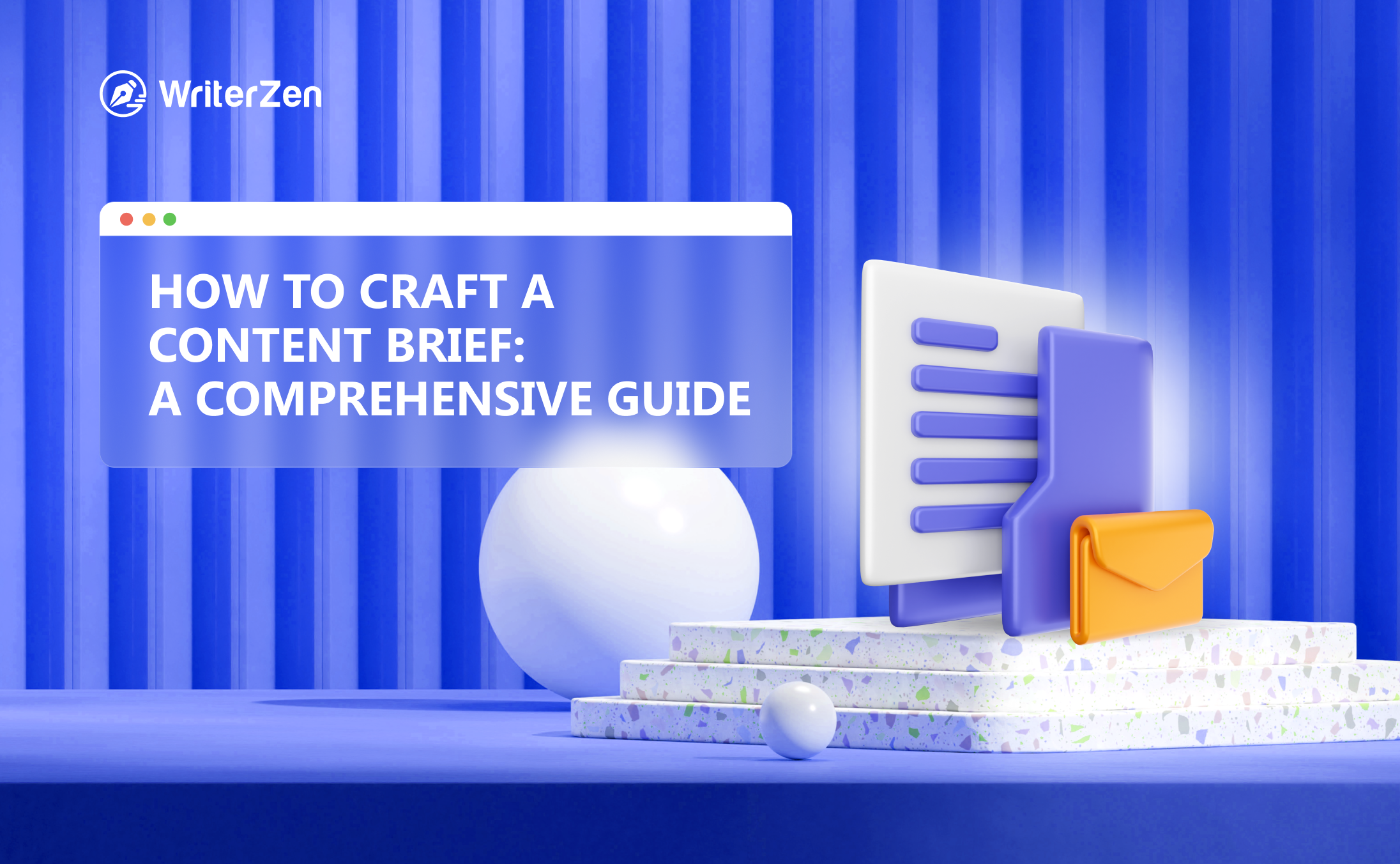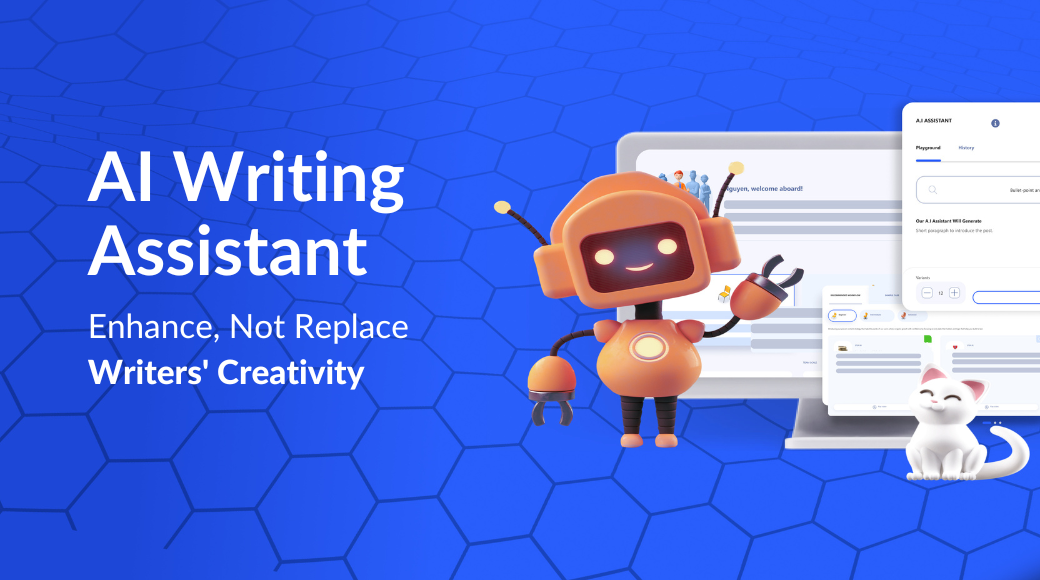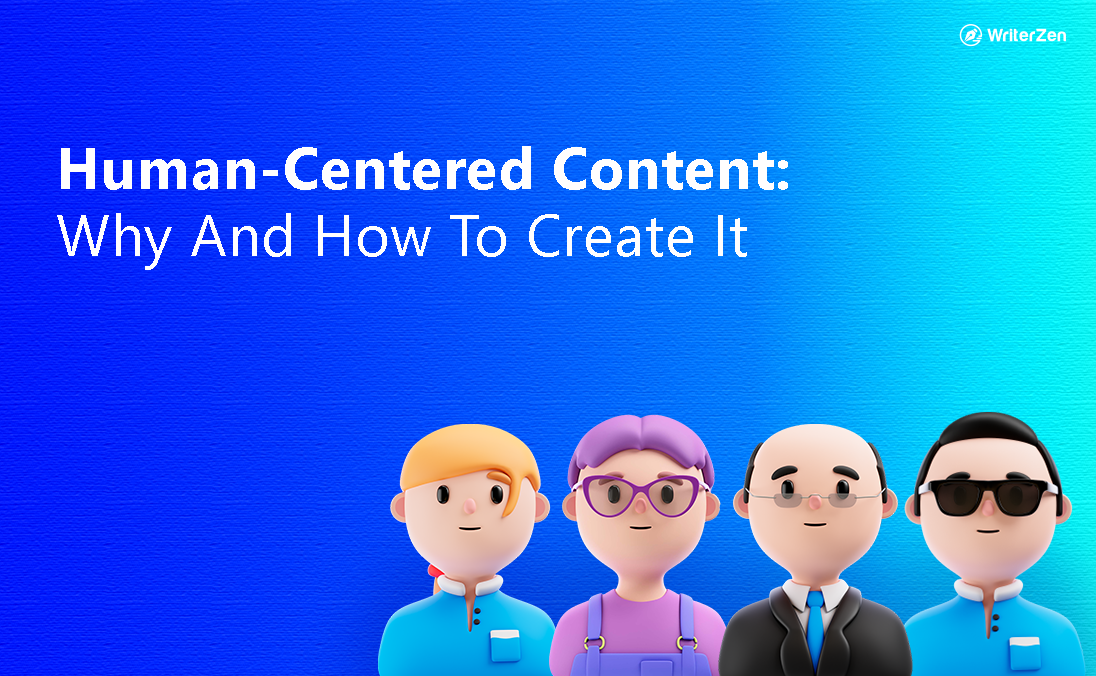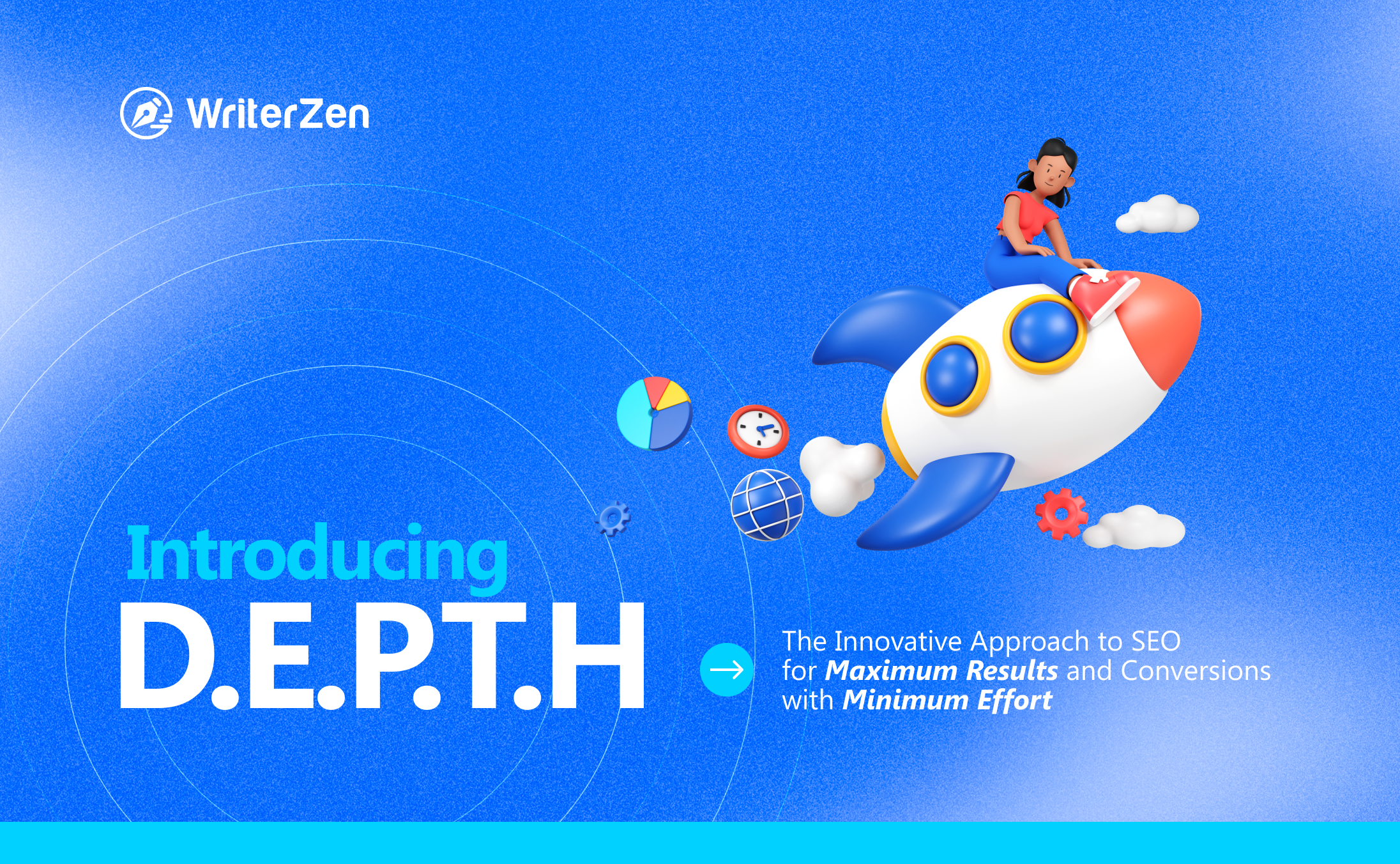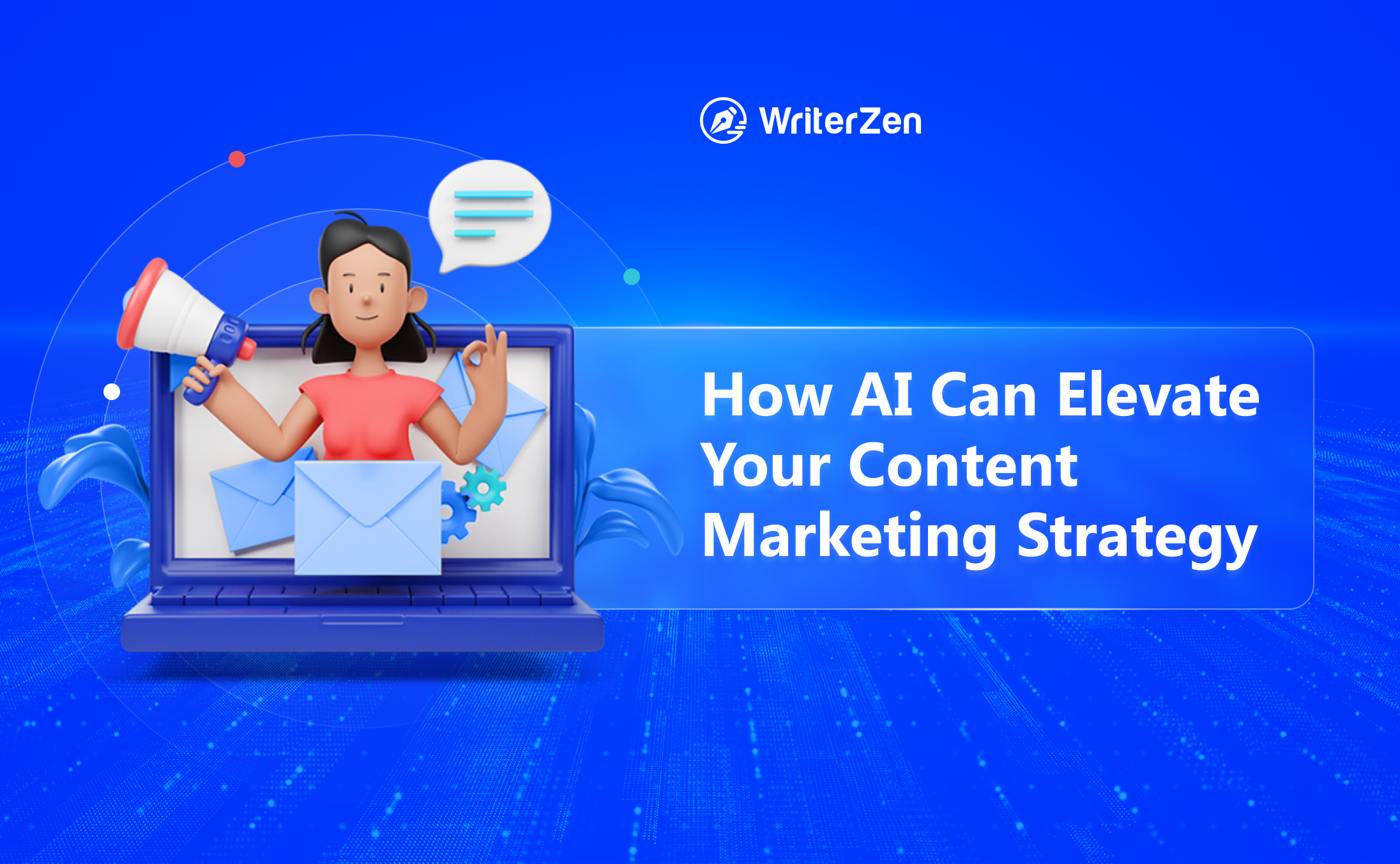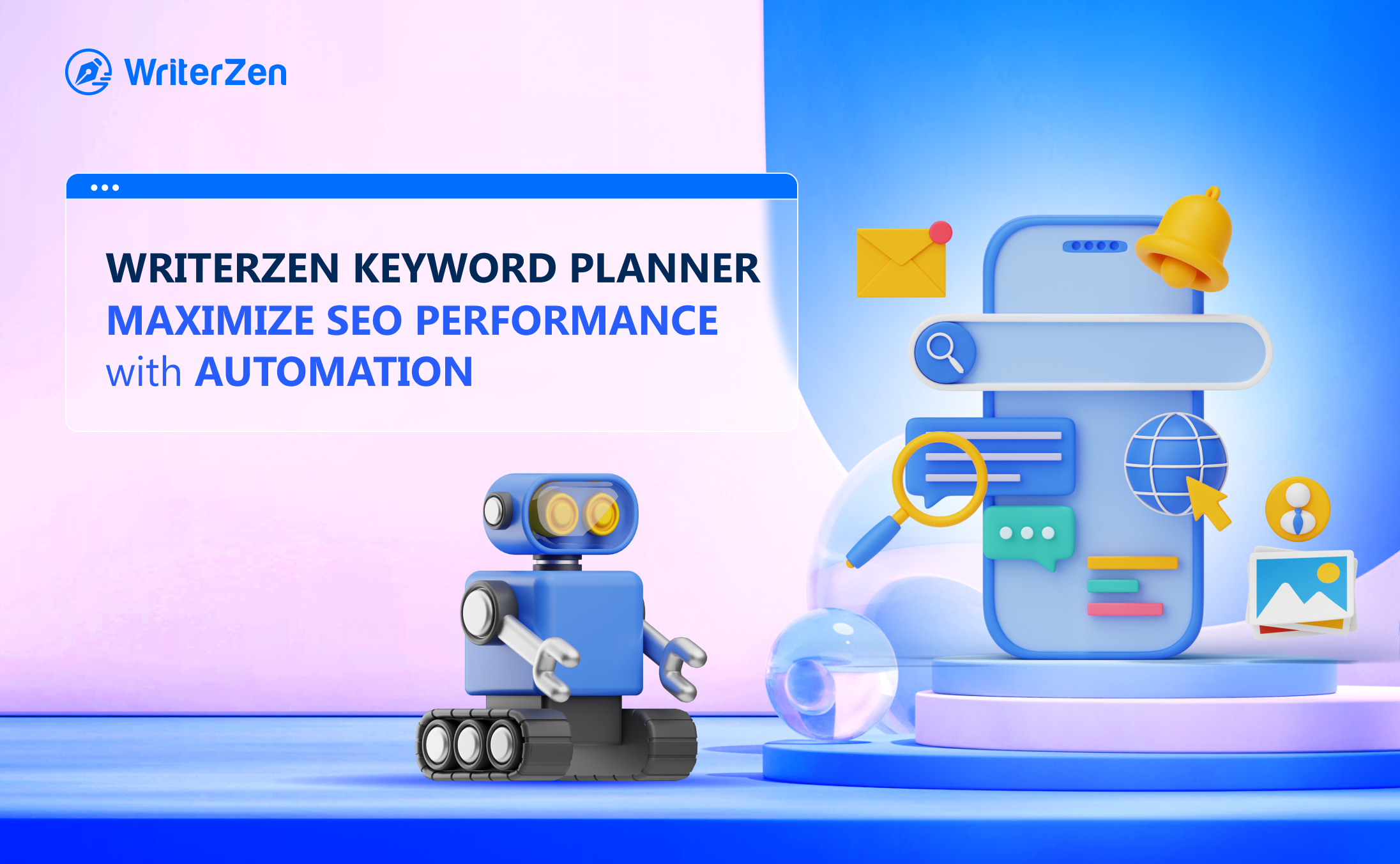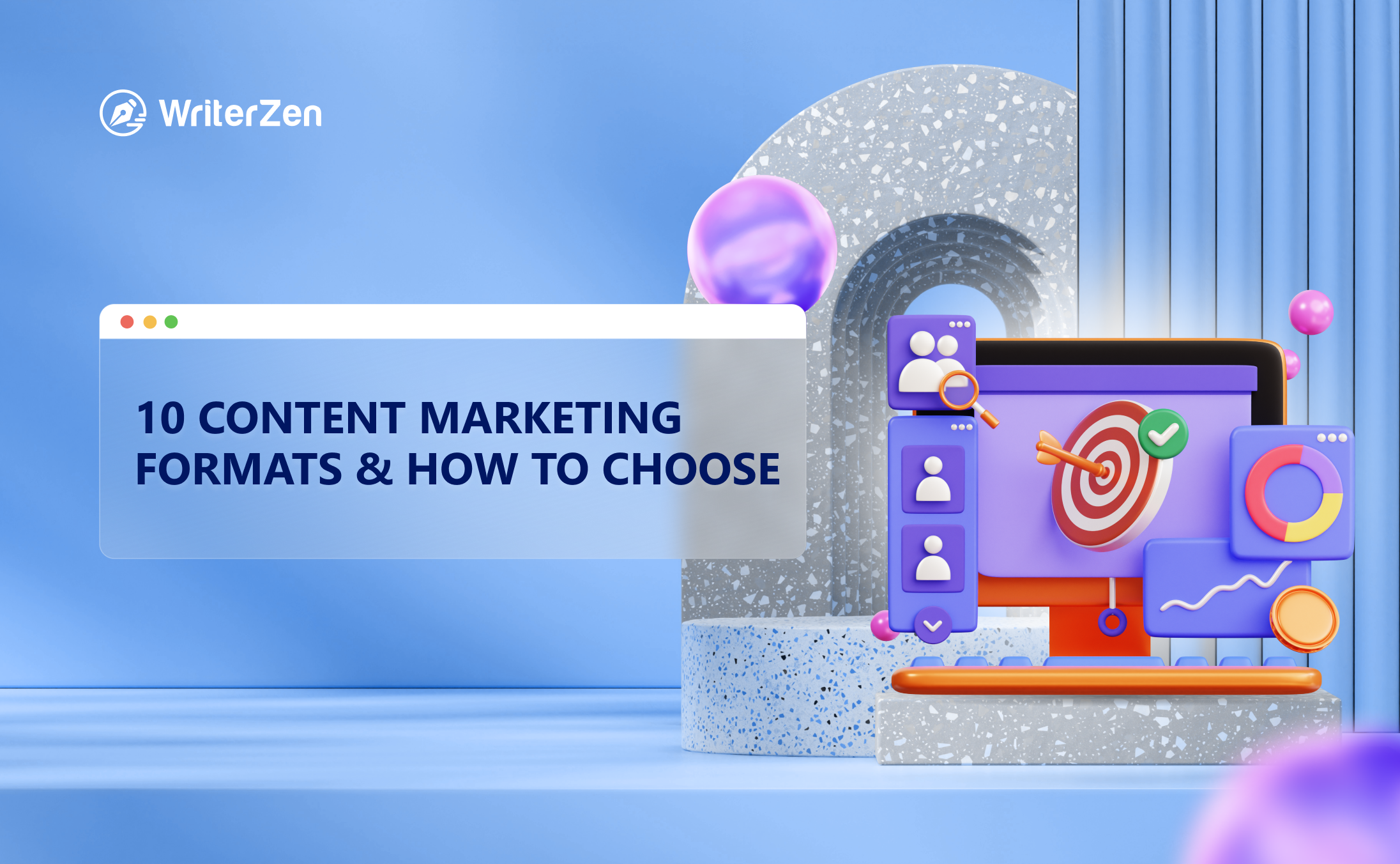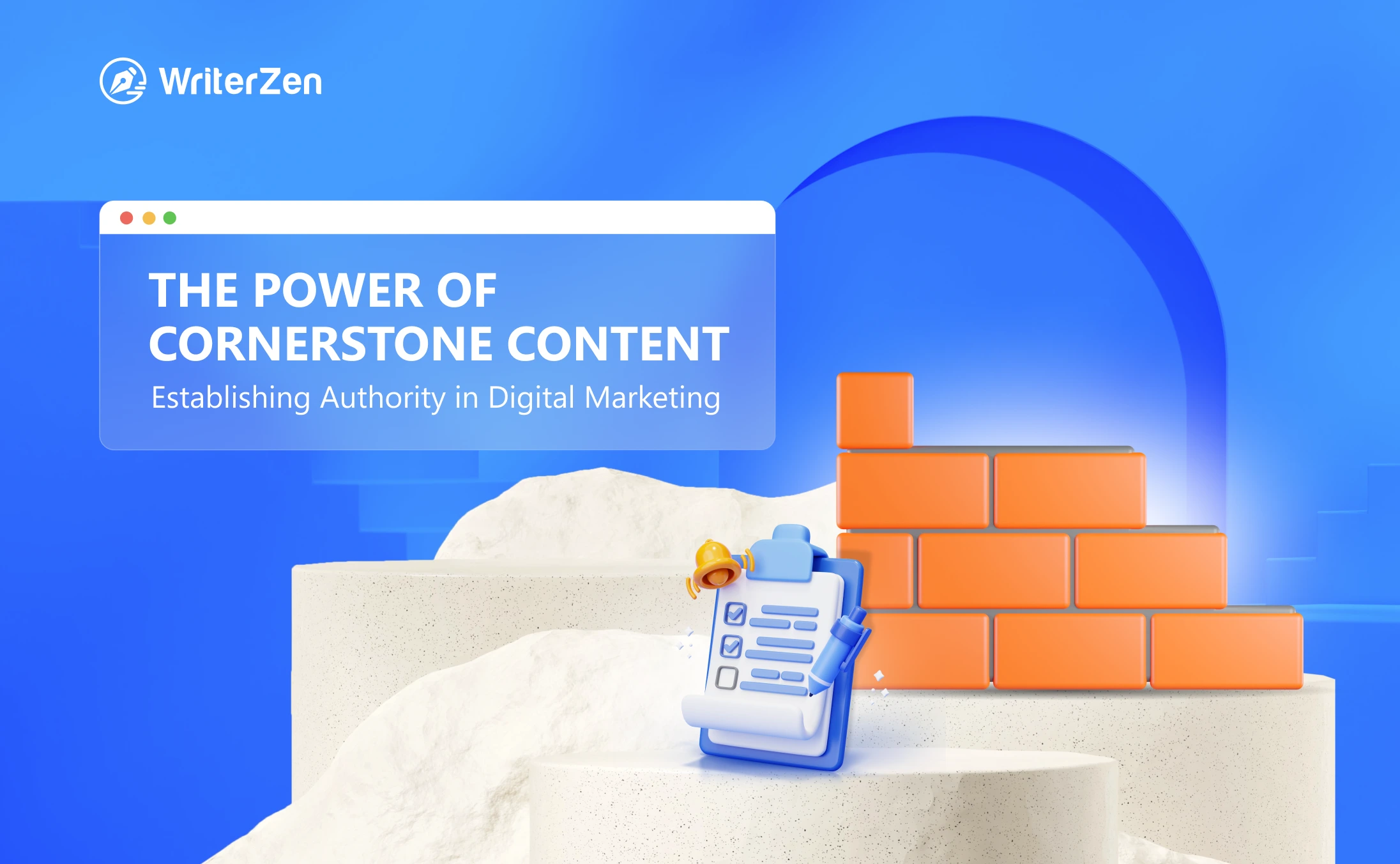Content marketing has become an indispensable tool for businesses striving to stand out. Behind every captivating piece of content lies a strategic blueprint that serves as its foundation – the content brief.
If you're a digital marketing novice eager to understand the intricacies of this pivotal document, you've come to the right place. This comprehensive guide will demystify the content brief, highlighting its significance, components, and how it shapes the content creation process.
What Is a Content Brief?
A content brief can be likened to a roadmap that guides content creators, ensuring their efforts are aligned with the overarching marketing goals. This document outlines the core objectives, target audience, messaging, and style guidelines, providing a comprehensive understanding of what needs to be communicated and how.
The content brief serves as instructions for content creators, translating ideas into actionable steps. Content briefs are essential for SEO content to integrate keywords for visibility without compromising readability.
Why Is a Content Brief Important?
At first glance, one might question the need for a content brief – after all, can't content creators simply rely on their creativity to produce engaging content? While creativity is undoubtedly valuable, a content brief is a strategic compass, ensuring that creativity is channeled effectively.
Here's why a content brief is crucial:
-
Alignment with Goals: A well-structured content brief keeps everyone on the same page. From content creators to stakeholders, it aligns efforts with the larger marketing objectives, fostering a sense of purpose and unity.
-
Clear Direction: Content creation involves many decisions – from tone and style to messaging and format. A content brief provides clear directives, reducing ambiguity and streamlining decision-making.
-
Audience-Centric Approach: Understanding your target audience is pivotal. A content brief includes detailed insights about the audience's preferences, pain points, and aspirations, ensuring that the content resonates and connects on a deeper level.
-
Efficient Workflow: With a content brief in hand, creators spend less time guessing and more time crafting. This efficiency translates into a smoother workflow, enabling timely delivery of high-quality content to meet deadlines.
-
Consistency Maintenance: Whether you're a solopreneur or part of a marketing team, maintaining consistency across various pieces of content is paramount. A content brief enforces consistent messaging and branding elements, bolstering your brand's identity.
-
Search Engine Optimization (SEO): SEO requires strategic alignment. The documented content brief plays a pivotal role by defining the content's purpose, target audience, and keyword focus. Doing this equips creators to craft content that engages users and appeals to search engine algorithms.
-
Time and Cost Saving: Content briefs save time and money by providing clear direction and reducing guesswork for content creators, resulting in more efficient production processes. They ensure that you allocate resources effectively and content aligns with goals, minimizing the need for costly revisions or rework.
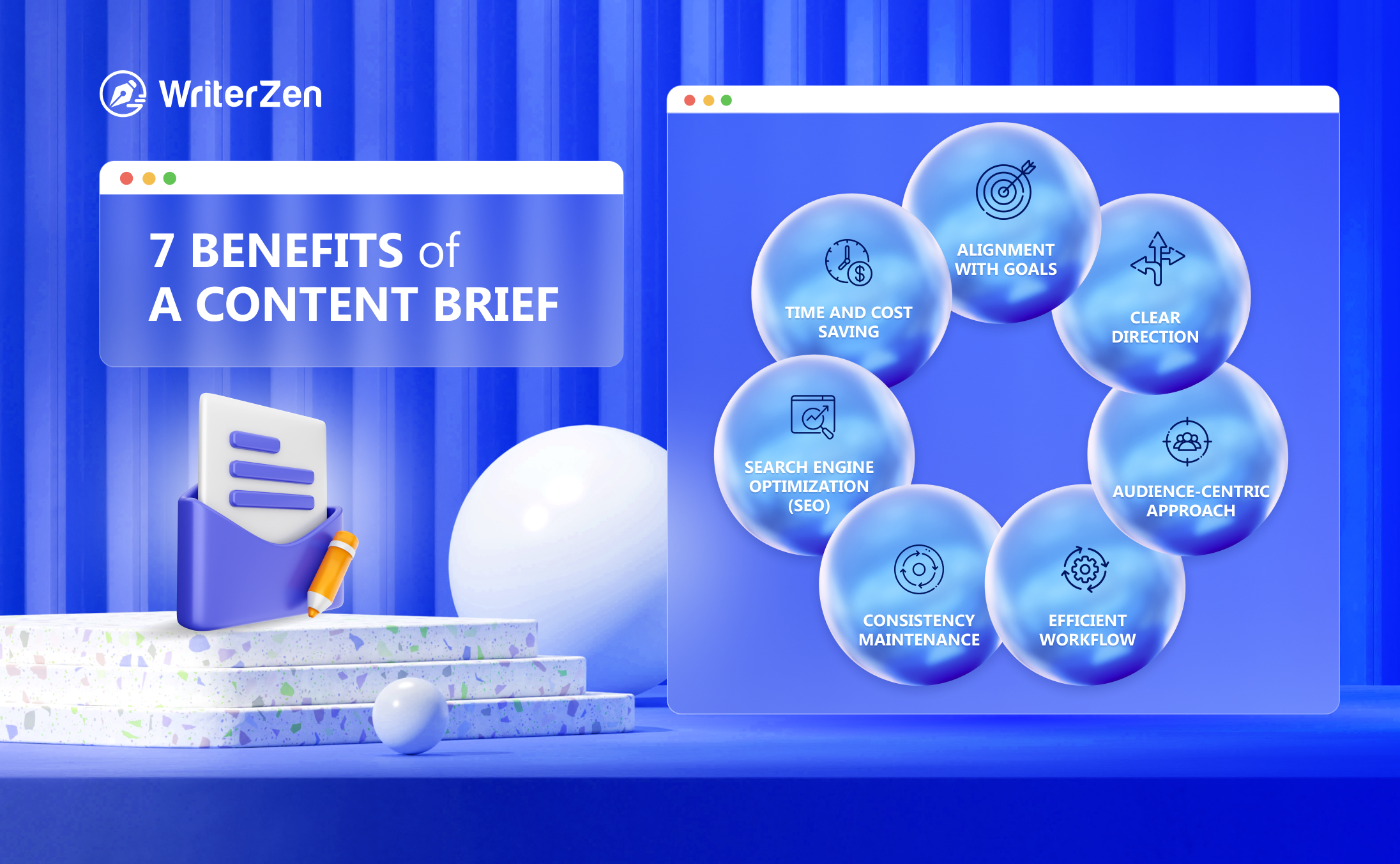
Suppose your team finds itself caught in a cycle of excessive reverts, struggling to maintain consistency, and being unable to scale content production; it's a clear signal that implementing content briefs is the way forward.
These strategic documents offer a streamlined approach, ensuring efficient collaboration, maintaining quality, and facilitating the scalability you need to navigate content creation demands.
What to Include in a Content Brief
Now that the importance of a content brief is crystal clear let's delve into its essential components.
A detailed content brief demands a holistic approach, covering various aspects contributing to its effectiveness. Here's what a comprehensive content brief should include:
-
Content Objective and Goal: Clearly define the purpose of the content. Is it to educate, inspire, entertain, or convert? State the specific goals you aim to achieve with the content.
-
Target Audience: Profile your ideal audience. Highlight demographics, interests, pain points, and aspirations. This information guides the tone, style, and content elements that resonate with your readers.
-
Key Messages: Outline the core messages you want to convey. These messages should align with your brand's voice and resonate with the target audience.
-
Keyword Focus: Incorporate primary and secondary keywords to optimize your content for search engines. These keywords should seamlessly blend into the content while maintaining its readability.
-
Content Format and Structure: Define the content format – whether it's a blog post, infographic, video script, or social media update. Outline the structure, including headings, subheadings, and key points.
-
Style and Tone Guidelines: Specify the desired tone for the content – casual, professional, conversational, or formal. Highlight any style preferences and guidelines for maintaining consistency.
-
Visual Elements: If applicable, describe the visual elements you want to incorporate, such as images, graphics, or videos. Visuals enhance engagement and reinforce your message.
-
References and Research: If the content requires factual accuracy, specify the sources or research materials that need to be referenced. Citing sources ensures the content's credibility and reliability.
-
Branding Guidelines: Include branding elements such as logos, color schemes, and fonts to maintain brand consistency across all content pieces.
-
Call to Action (CTA): If the content aims to drive a specific action, articulate the desired CTA. Whether signing up for a newsletter or purchasing, the CTA should be clear and compelling.
-
Publication Platforms: Indicate where you will publish the content – your website, social media channels, guest blogs, etc. This information influences the content's adaptability to different platforms.
Manual vs. AI-Generated Content Brief
As the digital landscape continues to evolve, so do the tools at our disposal. Manual content brief creation has been the norm, but with the advance of AI technology, there's a new way of creating them – AI-generated content briefs.
Let’s look at the benefits and downsides of both approaches.
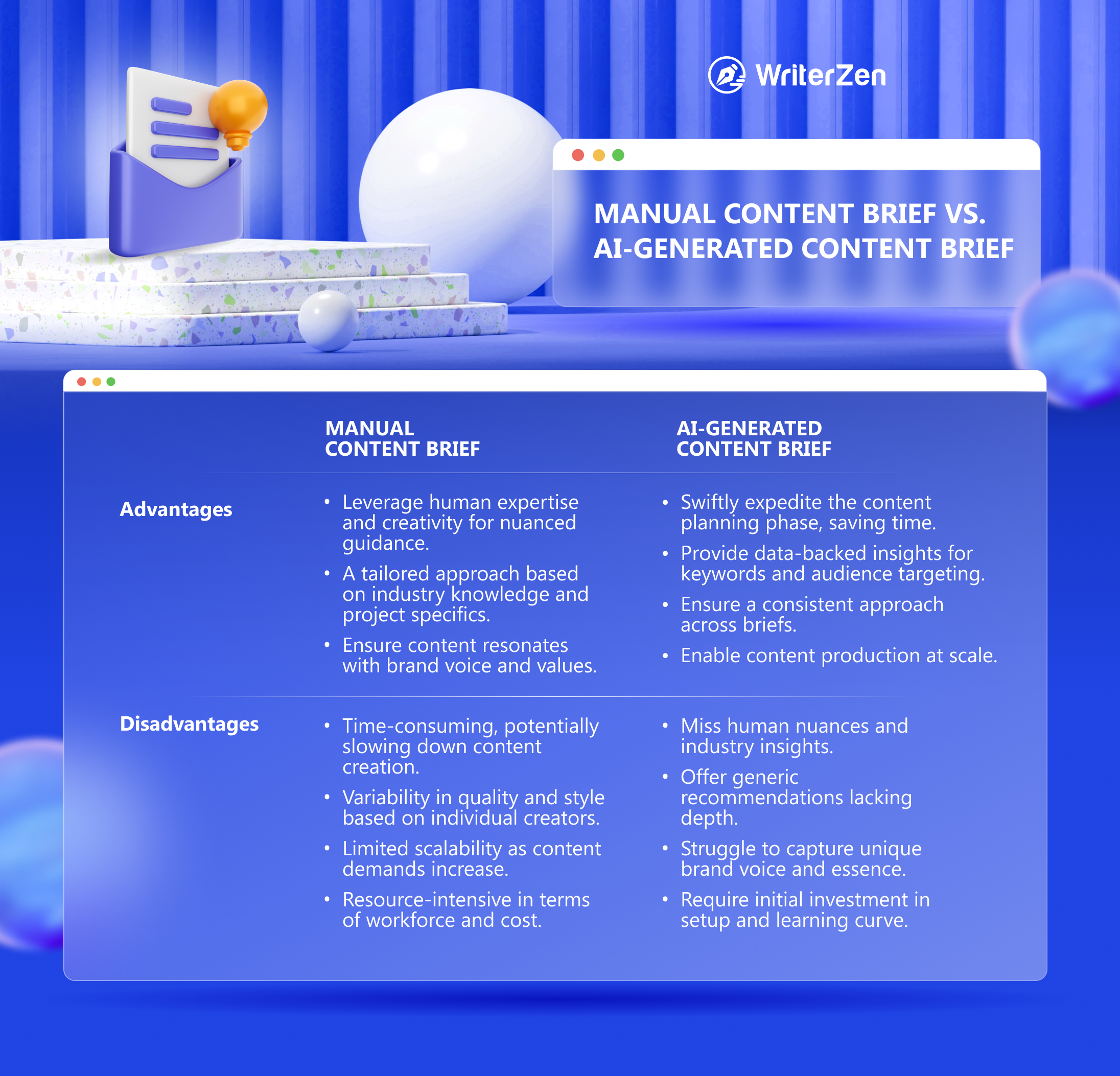
Manual Content Briefs
The manual approach to crafting content briefs draws upon the expertise and creativity of human minds. These briefs result from experienced content strategists' insights, providing tailored guidance that aligns with your brand's voice, industry nuances, and project specifics.
Manual content brief creation involves meticulous attention to detail, relying on human expertise to synthesize information. This approach offers a personalized touch, leveraging the marketer's deep industry knowledge.
Benefits:
-
Leverage human expertise and creativity for nuanced guidance.
-
A tailored approach based on industry knowledge and project specifics.
-
Ensure content resonates with brand voice and values.
Downsides:
-
Time-consuming, potentially slowing down content creation.
-
Variability in quality and style based on individual creators.
-
Limited scalability as content demands increase.
-
Resource-intensive in terms of workforce and cost.
AI Generated Content Briefs
AI-generated content briefs harness the power of technology to expedite the content planning process. AI-generated content briefs use machine learning algorithms to analyze vast amounts of data, extracting insights to inform the brief. AI provides data-driven insights for keyword optimization and audience targeting, streamlining the creation of comprehensive briefs.
This method saves time and provides data-driven recommendations.
Benefits:
-
Swiftly expedite the content planning phase, saving time.
-
Provide data-backed insights for keywords and audience targeting.
-
Ensure a consistent approach across briefs.
-
Enable content production at scale.
Downsides:
-
Miss human nuances and industry insights.
-
Offer generic recommendations lacking depth.
-
Struggle to capture unique brand voice and essence.
-
Require initial investment in setup and learning curve.
While AI can expedite the initial stages of content brief creation, human expertise is irreplaceable in refining and adding the nuanced insights that stem from industry experience.
The ideal synergy involves using AI to expedite the process and supplementing it with human finesse to infuse creativity and industry authority. Tools like WriterZen's Keyword Planner use AI to generate content briefs quickly and efficiently while you use your human expertise to make them the best they can be.

Whether you choose the manual route or use AI-generated ones, the key is to strike a harmonious balance. As the digital marketing landscape evolves, the synergy of human creativity and AI's analytical prowess will shape the future of content brief creation.
Final Thoughts
In content marketing, the content brief stands as a cornerstone of success. It's not merely a document; it's a strategic roadmap that guides content creators toward producing resonant, impactful, and purpose-driven content.
Through meticulous planning and the inclusion of key elements, a well-crafted content brief aligns efforts, maintains consistency, and ensures your content resonates with your target audience.


